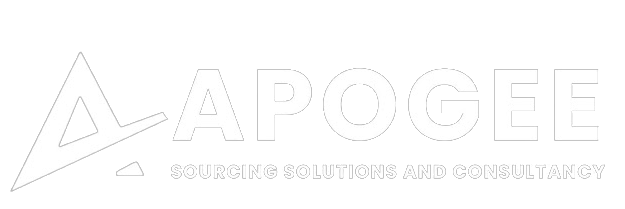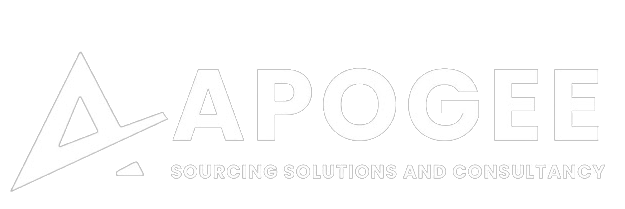What is Tail Spend Management? Why should we do it?
Tail Spend Management is a widely known concept in Purchasing but, seldom addressed. However, managing this may give direct benefits in the bottom line of your business balance sheet.
This article is a quick & essential read for your business.
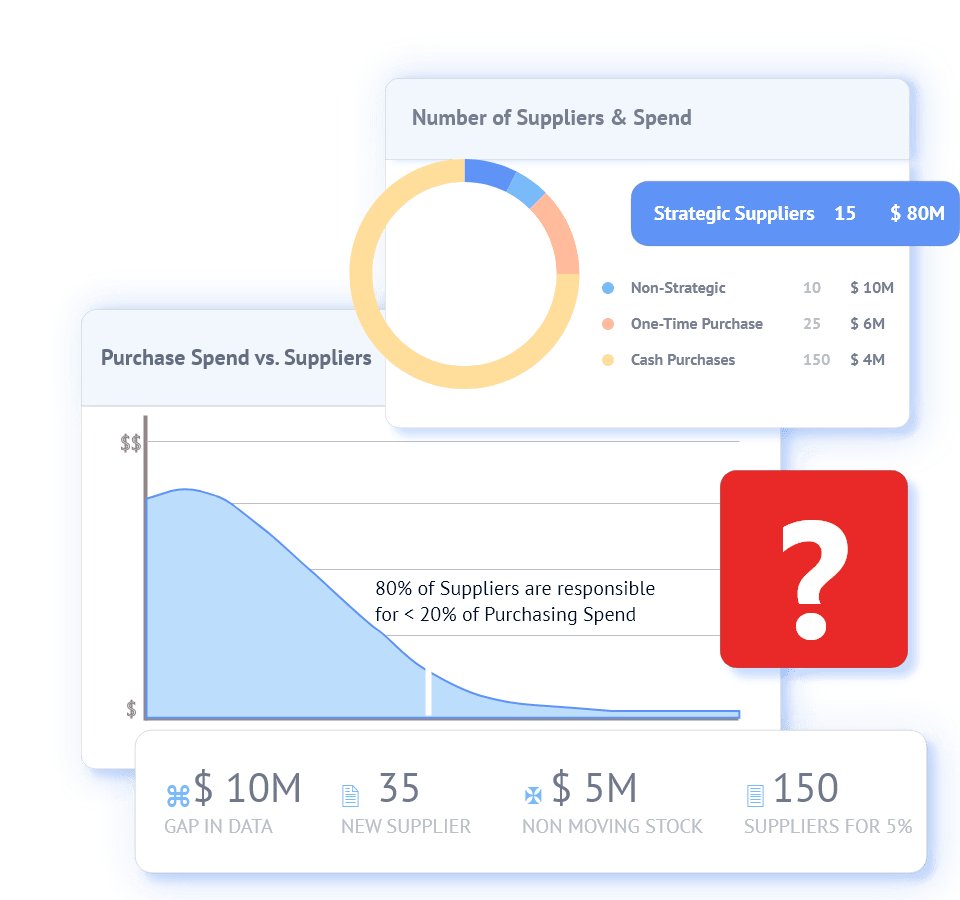
1. What is Tail Spend?
80: 20 rule is widely known. Here we are talking about the 20, which remains non-managed but vital.
Tail Spend are those spends that aren’t actively managed by the Procurement function. This spend constitutes quite 80% of your company’s P2P (procure – to – Pay) transactions or 80% of your Suppliers, but less than 20% spend.
MRO (Maintenance, Repair & Operations), Office Supplies, Software, Hardware, R&D Spend, Marketing campaign expenses are samples of Tail Spend.
Even though Tail Spend is little (in $ terms), it’s loaded with massive Overheads or SG&A to execute & manage.
2. The concept of Tail Spend?
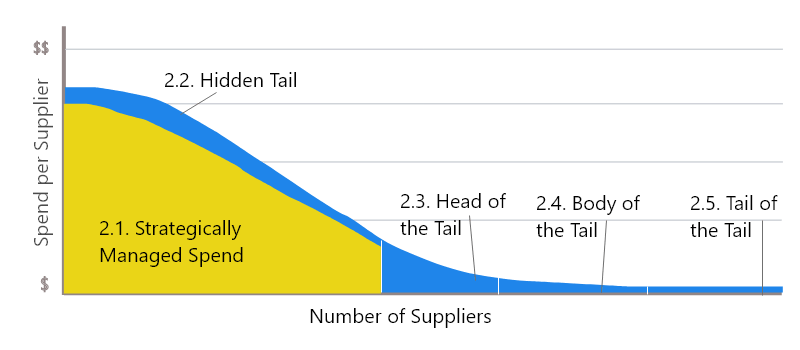
2.1. Strategically Managed Spend:
Major suppliers of the company are responsible for strategically managed spend. Purchasing managers professionally negotiate the terms & conditions with these suppliers before taking them on-board. The Procurement managers within the company are experts in sourcing these specific goods or services.
2.2. Hidden Tail:
The strategic suppliers appears in the hidden tail. The ‘hidden tail’ includes spends, outside contract but sourced from strategically managed suppliers.
2.3. Head of the Tail:
Low hanging fruits. The head-of-tail is that part of the spend that aren’t paid to strategic suppliers but spend size is not too small.
2.4. Body of the Tail:
Spend-per supplier is little, and there are many suppliers.
2.5. The tail of the tail:
The tail of the tail involves many one-off purchases. Highly transaction in nature and invoice value is tiny.
3. Why should we manage?
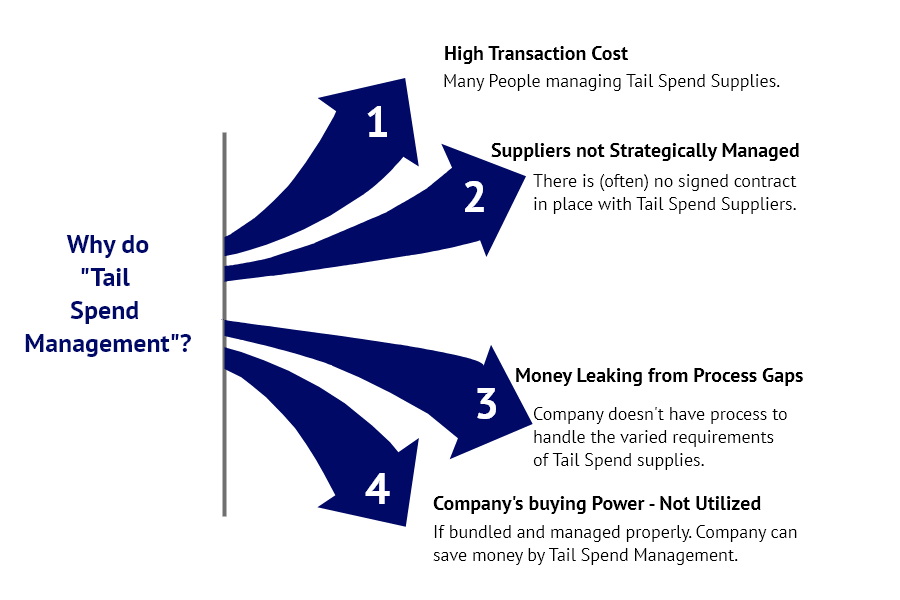
The ‘tail spend’ is the part of your company’s spending which is not-monitored and not-analyzed. ‘No-monitoring’ itself raises doubts, and it becomes vital to study the spending.
Managing this spend is essential because:
3.1 High Transaction Cost
The top management hires procurement professionals to manage high spending commodities or services. This spend is highly transactional in nature. However if one appropriately managed this, can save tons of the transaction cost.
3.2 Suppliers aren’t Strategically Managed
With Tail Spend suppliers seldom there’s a signed agreement in situ or prices are negotiated. Which means, the tail-spend suppliers and not strategically managed, which causes significant risk to the company in terms of compliance, systems, and efficiency.
3.3 Money leaks through process gaps
If there’s a tail-spend problem in your company, it means the process for tail spend supplies isn’t robust and efficient to handle them. A straightforward example is that the Procurement function is managing only strategic suppliers. And respective departments are working with other suppliers.
3.4 Doesn’t utilize the company’s buying power
If bundled properly and studied in absolute terms (not in percentage %), the company is spending ok money in tail spend. Analyzing each transaction & supplier in isolation doesn’t utilize the company’s buying power.
4.DIY: How to check if your company has a Tail-Spend Management problem?

4.1 Different data about Purchase from Finance & Purchasing
When asked about purchase spend and if Accounting and Purchasing are presenting different data, there are high chances of having tail-spend problem.
4.2 ERP system doesn’t reflect all the items
This mismatch happens when individual departments are purchasing on their own and submitting invoices for payment processing.
4.3 You have got tons of dead inventory
When you are holding a massive stock of critical spares and warranty components.
4.4 Frequent new supplier addition requests
It is required to add a new supplier when:
- Either your professional team isn’t managing your suppliers; or
- Suppliers aren’t strategic suppliers.
4.5 Many suppliers collectively liable for 5% of spend.
When you have a situation like this, it’s a wise decision to review and manage them for better utilization of resources and money.
Why isn’t this managed in companies?
5.1 Procurement Managers are too busy
Procurement department managers are too busy in managing strategic suppliers. They are left with less time.
5.2 Procurement Managers are Professionals
The on-board Procurement managers are professionals and experts in managing their responsible spending. But the nature of this spend is just too diverse and time-consuming.
5.3 No robust process existing.
All departments are purchasing. Because the purchasing department is just too busy and also the method isn’t available to manage the diverse need of purchased supplies.
What are the advantages?
6.1 10 – 20% reduction is feasible in Head of the Tail Spend
There are techniques and professionals to assist you in achieving a 10 – 20% reduction. This saving directly contributes to the bottom line of the company’s financial statement.
6.2 Companies can use their Purchasing power
Not only this, but it’s better to have suppliers professionally contracted – this reduces business risk.
6.3 Consolidation of Suppliers Reduces Operational Costs
Fewer people are required internally to manage tiny spending—a significant saving of human resources costs.
6.4 Improved Visibility and Improved Compliance
When data about Purchases is visible and accessible, it adds positively to compliance and efficiency.
6.5 Improvement in internal customer satisfaction index
Easy to use and straightforward system improves the internal customer satisfaction index.
Disclaimer: This document is for general awareness purposes only and, does not replace professional or legal advice in any case. Everything presented in this article is the property of APOGEE and APOGEE hasn’t allowed anyone to copy or reproduce any info from the above article. Readers are strictly advised to take professional help before applying in their specific case. The use of the above information by readers is solely at their own risk.
